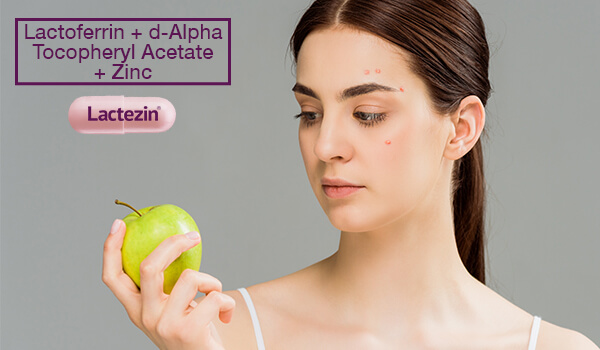Got Marks? How to Get Rid of Acne Scars

As if pimples weren’t troublesome enough, figuring out how to get rid of acne scars can be just as challenging.
What causes acne scars?

Before treating acne marks and scars, it’s important to know that these are very different from one another.
See the spots that linger after a pimple has healed? Those dark acne marks are caused by inflammation that has disrupted the skin’s natural healing process. When the skin is opened up– like when you pop a pimple– and closes back, this can result in abnormal pigmentation, tone, and texture that looks different from the rest of your skin. A mark is sometimes created when a pimple is popped, though even untouched pimples that are left to heal on their own can still leave dark brown or red marks that naturally fade over a few months.
Acne scars, on the other hand, usually appear raised and bumpy. These are formed when there is damage to the skin which leads to abnormal collagen production. Acne scars have two types: depressed and raised.
Depressed scars
Tend to look like pits or craters.

Boxcar scars
Broad, rectangular depressions with steep, defined edges.
More likely to develop if inflammation is deep.

Ice pick scars
Deeper than they are wide, with jagged edges. They sometimes resemble a large, scooped out pore.
Caused by cysts and papules that occur deep in your pores.

Rolling scars
Broad depressions that have rounded, sloping edges, hence the name.
Almost always a result of long-term inflammatory acne.
Raised scars
Appear firm and tender.

Keloid scars
Generally discolored and raised.
Formed when the body tries to recover from the inflammation caused by cystic acne.


